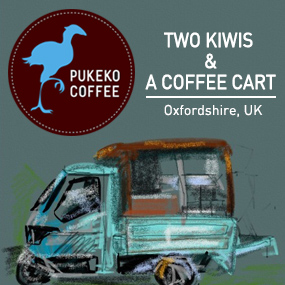International Cluster Deal
University of Waikato computer science doctoral student Paul Hunkin’s software has been picked up by Google and NASA. Hunkin created ClusterGL to connect multiple screens to form one huge image for the university’s display wall in 2008. “The problem that you have when you want to make a really big wall of screens is that you need to use lots of computers, but computer programmes are usually written on one computer, so it’s quite difficult to spread them over a multiple of computers,” Hunkin said. “My system lets you take any normal programme and split it up to run across as many screens as you want.” NASA has called the software an “innovative solution”. Google offered Hunkin a Summer of Code internship and paid him to further develop the software for their own curved display walls called Liquid Galaxy, which consists of several screens in a circular arrangement that run Google Earth in parallel for an immersive virtual experience. The programme is now being used globally, including at NASA’s Johnson Space Center.














